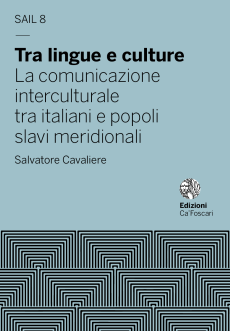La comunicazione interculturale tra italiani e slavi meridionali Aspetti teorici, statistici e metodologici della ricerca

Abstract
The first chapter shows the epistemological framework of the research. In particular, the model of intercultural communicative competence created by Balboni (2007) is first focused upon. It points out those aspects that, if not properly considered, could lead to intercultural communicative problems: specifically, the values determining the way in which the speakers act, the use of verbal and non-verbal codes and a series of communicative events which might be viewed and considered differently from culture to culture. This model has been recently integrated by Caon (Balboni, Caon, 2015) with a number of relational abilities which all speakers need to acquire in order to be able to interact effectively in intercultural communicative contexts. Besides the theoretical basis, the first chapter also illustrates the methodological framework of the study: in particular, the way in which the research has been carried out, the inquiry instrument used and the profile of the informants involved are those aspects which have been dealt with in this section.
Sommario
1.1 Il modello teorico di riferimento per l’osservazione e la descrizione della comunicazione interculturale. – 1.2 Le abilità relazionali e un nuovo modello teorico di competenza comunicativa interculturale. – 1.3 La ricerca sul campo. – 1.3.1 Lo strumento di ricerca. – 1.3.2 Il campione di indagine.
